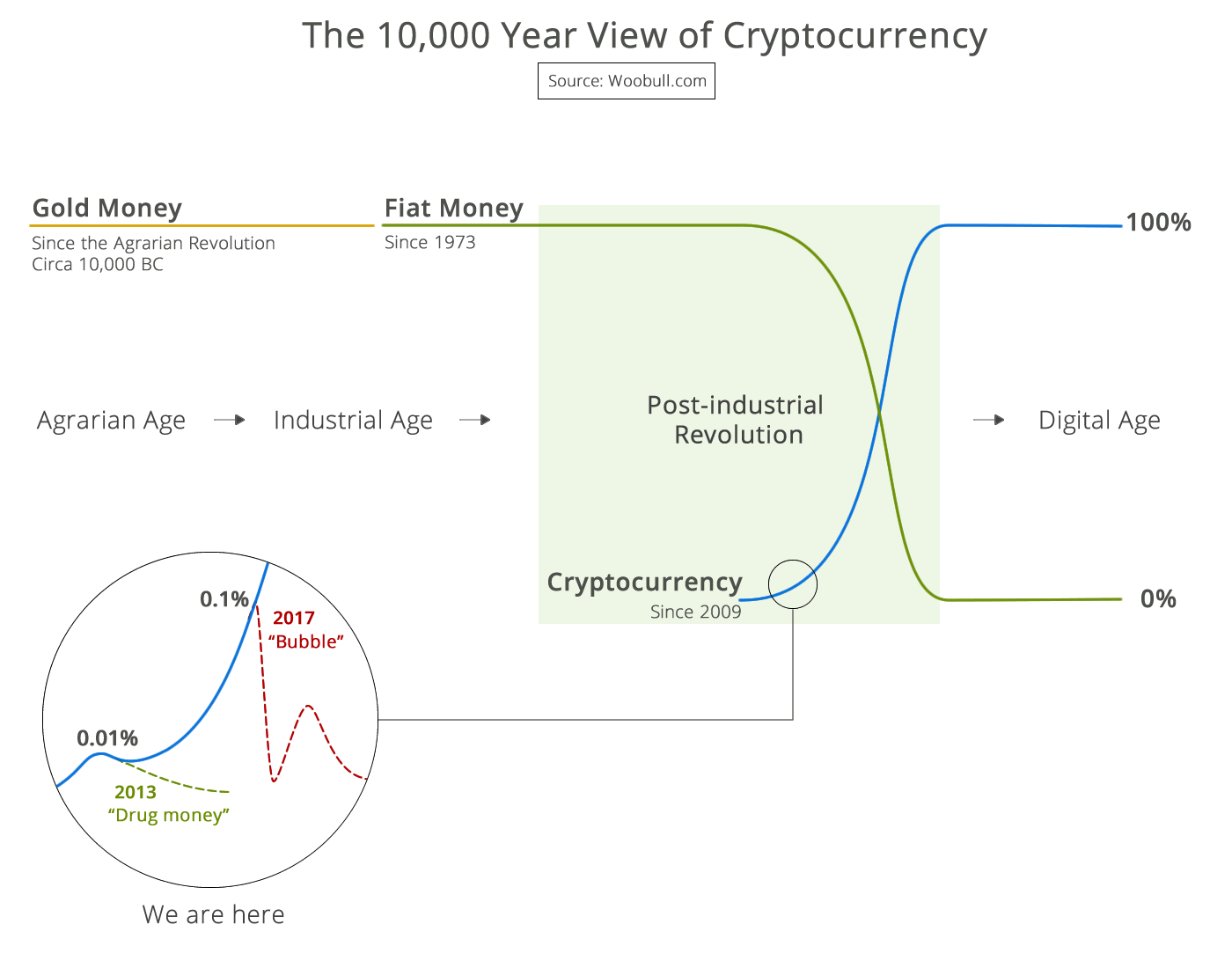I read Judy Welles’ column in the December 5th issue of Federal Computer Weekly. The title caught my attention. It read “Diversity Rules: A Diverse Workforce Helps an Organization Ensure that it Develops Fresh Ideas.”
Within the first sentence, my expectation was confirmed. It’s an article about blacks and women in the workforce. In my opinion, blacks and women will truly have a chance when they are no longer someone else’s fodder. The article continued with percentages of this and percentages of that. Changes since this year, and numbers of that year. Pretty standard fare.
But I’m an engineer. I analyze things until I understand. As an example, I considered the difficulty my kids have throwing things into the trash rather than all over the floor. One day I had the insight that it was all a problem of prepositions. The entire problem balanced like an upside pyramid on this simple innocuous grammatical construct. I wanted trash in the trash can. Instead, they put it near the trash. On the trash. Next to the trash. By the trash. Under the trash. Anything but in the trash. When I began to harp on that simple difference, all the vaguarity of the situation left.
I read the article searching for the crux of my disappointment, forcing myself to either acquiesce in peace, or at least put my finger on why the article left me with a bad taste in my mind. The faulty logic in this article turned on a similar small word use.
I read without catharsis until I arrived at the quote saying, “We need diversity in ideas and diversity in people who develop ideas.” I would agree. My problem with kids’ trash was with prepositions. The annoying logic of this article grew out of sloppy use of the conjunction “and”, trying to imply causality rather than two independent truths.
The logic of the article went like this:
1) We need diverse ideas to deal with diverse technologies
2) We need diverse ideas and diverse people
3) Therefore we need diverse people
4) Diverse people means more blacks and women.
5) Therefore do all sorts of neat programs supporting blacks and women.
I agree with the first. The second, of course, is the quote. But where in the world did #3 come from? Nowhere did the author make the logical connection that changing race and sex would lead to diversity in ideas. The quote was meant to do that, but it sadly fails. It simply says we need both, but doesn’t establish any causality. Do #5 if you wish, but don’t be disillusioned why.
The more I thought about it, the more it bothered me. A manager who thinks they can cheaply use women and blacks to purchase diversity for creative thought is wrong. If you have organizational problems, fix them. Answers may be found with any person of any race or sex. But if you spend your time categorizing the people around you rather than hearing their contributions, you’re wasting everybody’s time, and denigrating their input. Let go of the metric, and use their mind. Chances are everybody would be happier and class boundaries would fade.

 99% of ICOs Will Fail
99% of ICOs Will Fail The 10,000 year view of cryptocurrency
The 10,000 year view of cryptocurrency